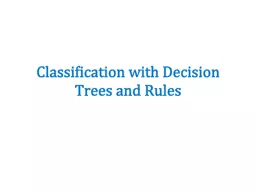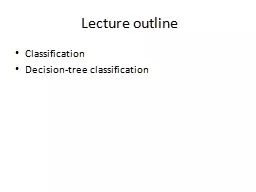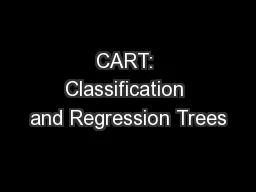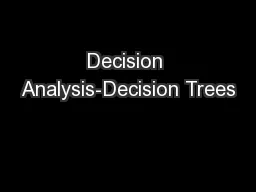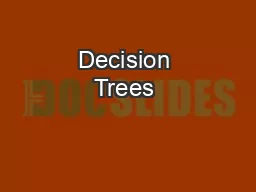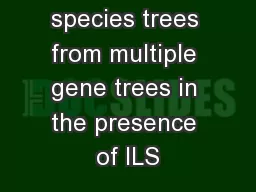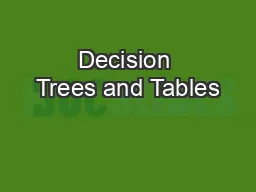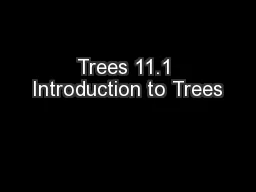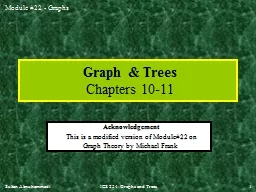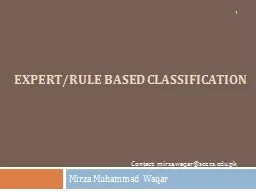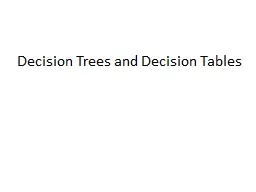PPT-Classification with Decision Trees and Rules
Author : trish-goza | Published Date : 2019-06-26
Copyright Andrew W Moore Density Estimation looking ahead Compare it against the two other major kinds of models Regressor Prediction of realvalued output Input
Presentation Embed Code
Download Presentation
Download Presentation The PPT/PDF document "Classification with Decision Trees and R..." is the property of its rightful owner. Permission is granted to download and print the materials on this website for personal, non-commercial use only, and to display it on your personal computer provided you do not modify the materials and that you retain all copyright notices contained in the materials. By downloading content from our website, you accept the terms of this agreement.
Classification with Decision Trees and Rules: Transcript
Download Rules Of Document
"Classification with Decision Trees and Rules"The content belongs to its owner. You may download and print it for personal use, without modification, and keep all copyright notices. By downloading, you agree to these terms.
Related Documents

